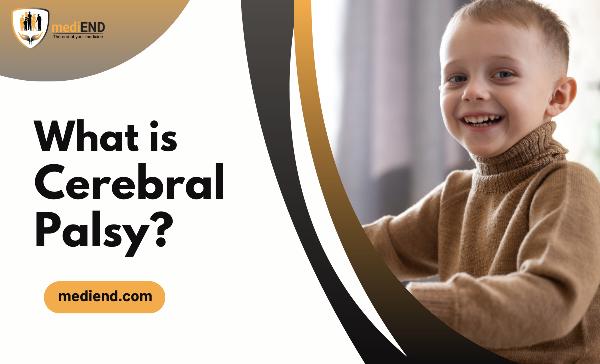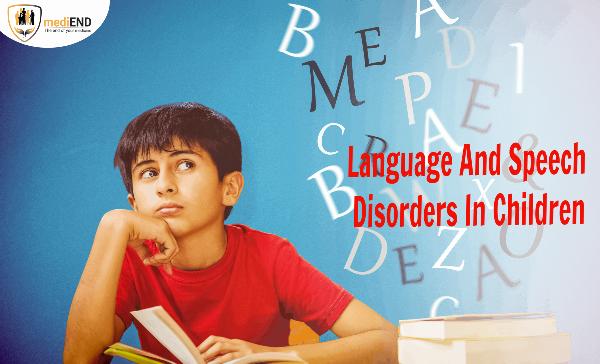What is Cerebral Palsy (CP) its Treatment process

Strong 8k brings an ultra-HD IPTV experience to your living room and your pocket.
Cerebral Palsy: Understanding the Basics
Cerebral palsy is a neurological disorder that affects movement, muscle control, and coordination. It is caused by damage to the developing brain, typically before or during birth. This condition can have a significant impact on individuals and their families, requiring specialized care and support.
According to the Centers for Disease Control and Prevention (CDC), cerebral palsy affects approximately 1 in 323 children in the United States. Despite its prevalence, there is often a lack of understanding and awareness about this condition and its different types.
Types of Cerebral Palsy
Cerebral palsy is a neurological disorder that affects movement and muscle coordination. It is the most common childhood motor disability, with about 17 million people worldwide living with this condition. While the cause of cerebral palsy is not fully understood, it is important to understand its different types in order to provide appropriate treatment and support.
Four Main Types of Cerebral Palsy
· Spastic: This is the most common type of cerebral palsy, accounting for 70–80% of cases. It is characterized by stiff and jerky muscle movements, making it difficult to control the limbs.
· Dyskinetic: Also known as athetoid cerebral palsy, this type is characterized by uncontrolled and involuntary movements of the face, trunk, and limbs.
· Ataxic: This type of cerebral palsy affects balance and coordination, making it difficult to perform precise movements.
· Mixed: Some individuals may have a combination of two or more types of cerebral palsy, resulting in a mix of symptoms and challenges.
Causes and Risk Factors
Cerebral palsy is a neurological disorder that affects muscle coordination and movement. While the exact cause of cerebral palsy is unknown, there are several factors that can contribute to its development. These factors include brain injuries, infections, and genetic factors.
Brain injuries, such as those caused by oxygen deprivation during birth or head trauma, can lead to cerebral palsy. Infections during pregnancy, such as rubella or cytomegalovirus, can also increase the risk of the child developing cerebral palsy. Additionally, certain genetic conditions and abnormalities can increase the likelihood of a child developing this condition.
There are also several risk factors that can increase the chances of a child developing cerebral palsy. These include premature birth, low birth weight, and multiple births. It is important for parents and caregivers to be aware of these risk factors and seek early medical care if necessary.
It is important to note that not all cases of cerebral palsy have a clear cause. In some cases, there may be no known risk factors or contributing factors. However, by understanding the potential causes and risk factors, individuals and families can work towards prevention and early intervention to manage the symptoms of cerebral palsy.
Diagnosing Cerebral Palsy
Diagnosing cerebral palsy can be a complex and challenging process. It typically involves a combination of physical exams, medical history, and imaging tests. A multidisciplinary team of healthcare professionals, including neurologists, developmental pediatricians, and physical therapists, may be involved in the diagnosis.
Developmental Disabilities: Types, Causes, Treatment
Treatments and Intervention Services
There are various treatment options available for individuals with cerebral palsy, depending on the type and severity of their condition. Physical therapy is often a key component in managing cerebral palsy and can help improve motor skills, mobility, and muscle strength. Medication may also be prescribed to manage symptoms such as muscle stiffness and spasticity. In some cases, surgery may be recommended to improve muscle function and mobility.
Living with Cerebral Palsy
Living with cerebral palsy can present unique challenges for individuals and their families. Depending on the type and severity of cerebral palsy, individuals may experience difficulties with movement, balance, coordination, and muscle control. However, with the right support and resources, individuals with cerebral palsy can lead fulfilling lives. Creating an inclusive and accessible environment is crucial for individuals with cerebral palsy. This can include modifications to the home, workplace, and school to accommodate mobility and accessibility needs. It is also important to promote a supportive and understanding attitude towards individuals with cerebral palsy.
When to call a Doctor
Call a doctor if you notice delays in developmental milestones, abnormal movements, speech delays, learning difficulties, behavioral issues, or physical symptoms. Seek medical advice for concerns about causes or risk factors, treatment options, or changes in functioning. Early intervention is crucial for cerebral palsy or developmental disabilities. In emergencies like difficulty breathing or seizures, seek immediate medical attention. For more queries for Treatment Contact Us: 8750300088
Support and Resources
Individuals with cerebral palsy and their families may face various challenges and require support and resources to improve their quality of life. Fortunately, there are many organizations and foundations that provide advocacy, support, and resources for individuals with cerebral palsy.
Conclusion
Cerebral palsy is a complex condition that affects individuals differently. It is important to understand the different types of cerebral palsy and their symptoms in order to provide appropriate treatment and support. Early diagnosis and intervention can greatly improve the quality of life for individuals with cerebral palsy. By understanding the causes and risk factors, we can take steps to prevent or minimize the chances of developing cerebral palsy.
Note: IndiBlogHub features both user-submitted and editorial content. We do not verify third-party contributions. Read our Disclaimer and Privacy Policyfor details.



